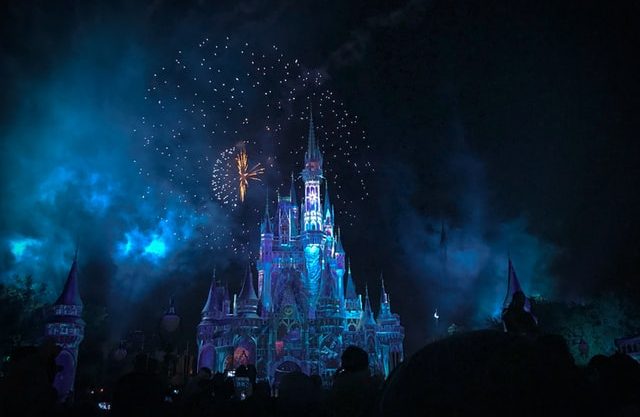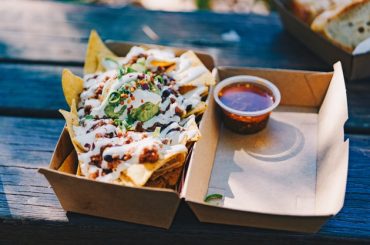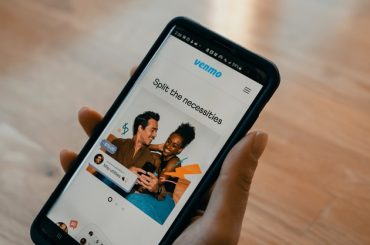Earlier, we navigated through Disney’s Inclusion Strategy and Content Strategy for Social Impact.
Ever-Evolving CSR Strategy | The Walt Disney Company | Part 1
Now, it is time to dive in and see how Disney is taking care of its environmental responsibilities and is creating an impact through the empowerment of the creators of tomorrow.
Environmental Responsibilities:
Disney’s environmental sustainability is a whole gamut of activities. Few of them have been in play for a while, and others are just getting started.
The environmental targets focus on:
- Zero Emissions
- Water and Oceans
- Reducing Waste
- Lower Impact Products
- Building Sustainability
Zero Emissions:
To achieve this target, Disney is committed to produce or purchase 100% zero-carbon electricity for its direct operations globally by 2030. Disney is putting efforts globally to achieve this goal.
Fuel innovation is the other step to achieve this goal. Disney Cruise Line uses innovative hull coating on its ships. This coating is 100 percent non-toxic to the marine environment, and it is effective in increasing fuel efficiency by reducing surface resistance in open water.
Water and Oceans:
Within this target area, Disney focuses on Water Stewardship and Responsible Seafood. As expected from a group like Walt Disney, Disney Conservation Fund has awarded more than $1.5 million to non-profit organizations supporting water stewardship efforts.
Responsible seafood indeed sounds like an exciting area to commit to. As per the statement on the company website – Beginning in 2022, Walt Disney Parks and Resorts will serve 100% responsibly sourced seafood in our US parks and resorts. This initiative and its success could guide other cruise liners and the seafood industry as a whole.
Insert Video:
Reducing Waste:
One of Disney’s audacious goals is to achieve zero waste to landfill to its wholly-owned and operated parks and resorts by 2030. A commendable feat in this direction is eliminating single-use plastic straws and stirrers at all Disney-owned and operated locations across the globe.
This small change led to a reduction of more than a 175 million straws and 13 million stirrers annually. Disney is also reducing plastics in guest rooms of its hotels and cruises by almost 80%.
Lower Impact of Products:
The vast world of Walt Disney merchandise holds the potential of creating a severe environmental impact. Disney is aware of it. The company has set a target for all facilities to participate in the Higg index or maintain a sustainable manufacturing certification by 2030.
It is also focused on using 100% recycled content or the content from certified sustainable sources for its paper products, textiles, or plastics used in its branded products and packaging.
Building Sustainability:
With properties and buildings worldwide, it is natural that Disney is focusing on building sustainably. Disney Imagineers are no strangers to challenges, and the latest one involves establishing a rigorous set of design standards to guide the development of sustainable buildings. All Disney sets and attractions are now being designed to minimize waste, water, and energy.
A Sustainability Success Story: The Call of the Wild
Bringing stories to life is at the heart of everything that happens in the world of Disney. Needless to say, the examples of sustainability would also become more evident in these stories. Production of the movie The Call of the Wild is one such example.
Disney’s 20th Century Studios wanted to produce the film in the most environmentally responsible way possible. From the earliest days of production, the cast and crew dedicated themselves to reducing waste, recycling used materials, prioritizing responsible food service, and embracing renewable energy. These efforts helped the project divert more than 82% of its waste from landfills and generate significant cost and carbon savings in the process.
The Call of the Wild worked with Earth’s Oceans Foundation, an organization that recycles and repurposes used plastic into products for commercial and personal use. The foundation recovered 4.75 tons of used plastic from the sets, including hard to recycle plastics.
The production of this film was planned with attention to detail. Every film production person knows the amount of paper consumed while producing a film. In this case, the production office purchase 100% recycled content paper for white copy and 30% recycled content paper for colored copy. It saved more than 1,044 pounds of greenhouse gas emissions*.
Some other achievements that made this film an environmentally sustainable production are:
- The cast and crew were gifted refillable water bottles because single-use plastic bottles were banned on all six filming locations. It avoided the use of over 200,000 plastic bottles and saved about $33,000*.
- A rigorous food service plan that included vegan options, local produce, and organic food was put in place. More than 30,000 pounds of food and cutlery were composted. It all resulted in avoiding the emissions of 22,111 pounds of greenhouse gas*.
- Leftovers were collected and donated to the communities in need. The crew collectively donated 1,515 pounds of food, providing more than 1,250 meals*.
- Shooting long term at one location, Sable Ranch, allowed the crew to install solar-powered generators, electric vehicle charging stations and solar-powered trailers. It became an example of energy efficiency.
- Sable Ranch asked for The Call of the Wild sets to remain on their land for future film projects permanently. This reuse of materials avoided tons of landfill waste*.
- The foam vendor bought back 17 of the 21 tons of foam purchased by the Set Construction for reuse and recycling*.
Overall, The Call of the Wild is an inspirational example for any movie production company around the globe.
Way Forward:
Disney consistently shows its commitment to creating a better world around us through its stories and experiences. The goals are in place, the tactics are on a roll, and the achievements are measured. The next generation of creators is also getting the opportunity to bring change through initiatives like Disney Launchpad – Shorts Incubator.
The future seems promising. There will always be things that some would like and others would not, but commitment and results matter. Disney’s thought-through plans and measurable actions focused on sustainable development are showcasing both.
The next step is for consumers to play their part and make these efforts successful by contributing consciously.
*Reference for The Call of the Wild:
Read More Forward Thinking Stories by the Author
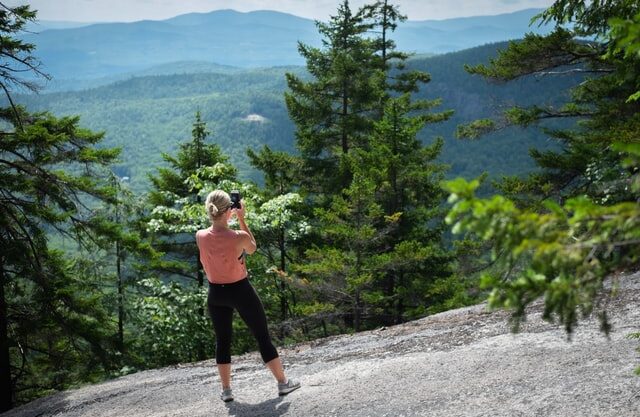
Be human. Be well. Be planet. Lululemon’s Sustainability Strategy
Lululemon, a company globally known for its technical athletic clothes, is famous not only for its revenue generation but also for its sustainability strategy. How?

Sustainable Cocoa. Delicious Chocolates. Lindt & Sprüngli
Lindt & Sprüngli’s sustainability strategy is based on 4 pillars: Improving Livelihood, Contributing to an intact environment, Performing together, delighting consumers.
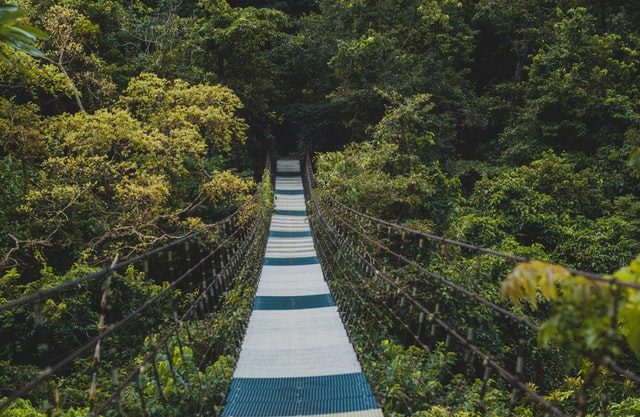
HP Inc – A continued commitment to Sustainable Impact
‘Sustainable Impact’ is HP’s guiding principle for delivering on its corporate vision – to create technology that makes life better for everyone, everywhere.

SheEO: Impact of Radical Generosity! A New Model. A Better World.
The purpose of the story is to highlight how SheEO is taking steps that any gender-neutral collective around the globe could easily replicate.
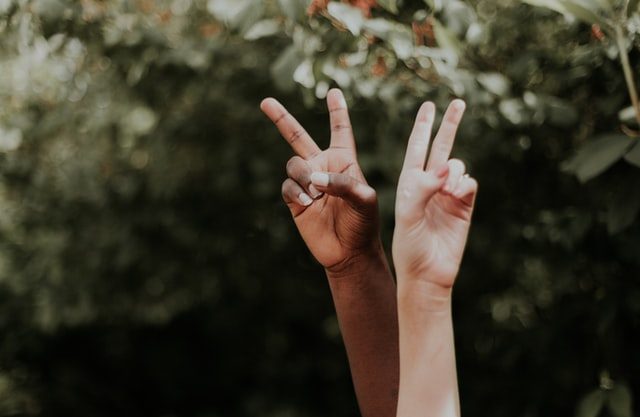
A+E Networks | DEI Based Strategy to Reduce Inequalities
DEI represents action/strategy in the direction of reducing inequality. A+E Networks uses content series and outreach to tell powerful and transforming stories.
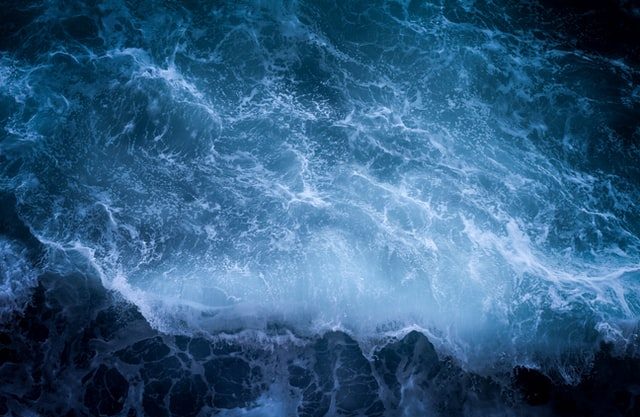
GOZERO with SKY Zero- Sky Group’s Net Zero Carbon Strategy
In 2006, Sky became the first carbon-neutral media company. In February 2020, Sky announced its plans to go net-zero carbon by 2030 across its entire value chain.

Sustainability & Impact Design. Grassroot by Anita Dongre
Grassroot by Anita Dongre focuses on the ‘sustainability first’ approach by creating a circular fashion ecosystem and an Impact Design approach.
-AMAZONPOLLY-ONLYWORDS-END-

